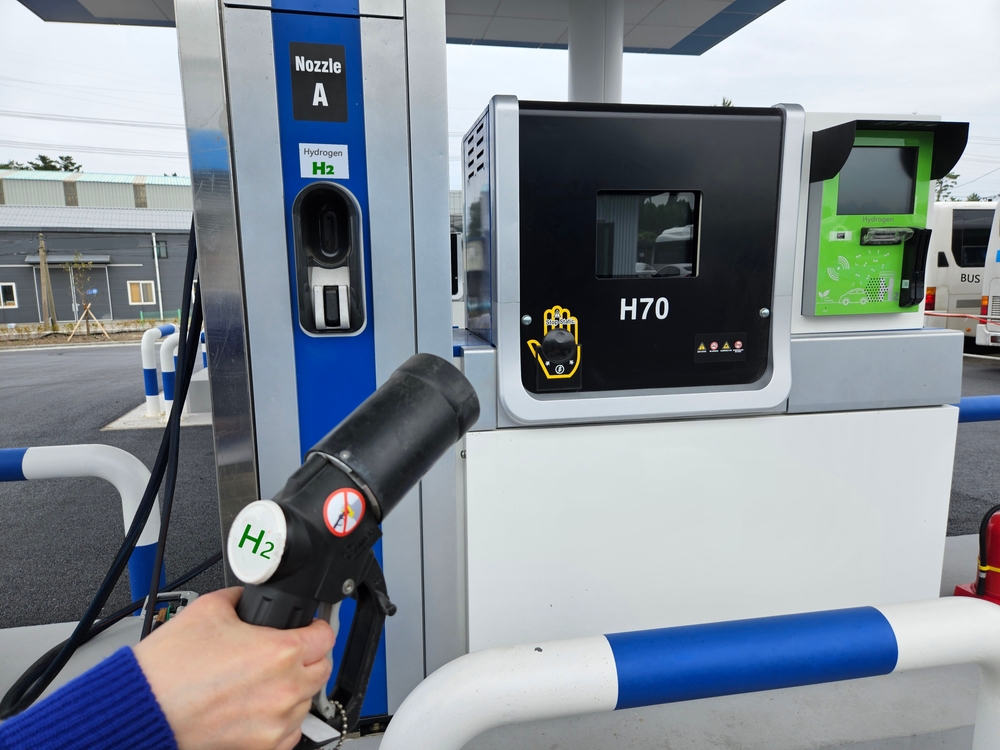Initially hydrogen fuel cell electric vehicles (FCEVs) captivated enthusiasts.
Others are reading now
Hydrogen-powered vehicles have long been hailed as the clean fuel of the future, offering zero emissions and impressive ranges. However, despite early optimism, hydrogen cars remain a niche market, struggling to gain widespread adoption even years after their initial promise.
Impressive Acceleration
Initially, hydrogen fuel cell electric vehicles (FCEVs) like the Toyota Mirai and Hyundai Nexo captivated enthusiasts with their ability to travel several hundred kilometers on a single tank and refuel in just four to five minutes — significantly faster than many electric vehicles (EVs), according to Hotnews.
Additionally, these cars boast impressive acceleration, reaching 100 km/h in under nine seconds. Optimists predicted that by 2030, hydrogen cars would become as affordable as their electric counterparts, but reality has fallen short.
One of the primary barriers is the lack of infrastructure. As of mid-2024, Europe hosts fewer than 200 hydrogen fueling stations. Countries like Spain and South Korea are leading the charge, establishing multiple public and private stations to support their limited fleets.
Also read
In contrast, regions like California in the United States see a modest presence of hydrogen stations, but users often face closures and rising fuel costs, undermining the practicality of owning an FCEV.
The “Chicken and Egg” Dilemma
Moreover, the environmental benefits of hydrogen cars are under scrutiny.
Currently, about 96% of hydrogen production relies on fossil fuels, undermining the green credentials of FCEVs.
While countries like Denmark and Iceland explore greener hydrogen production methods using wind and geothermal energy, these technologies remain expensive and not yet scalable.
European nations have developed strategies to integrate hydrogen into their energy mix, recognizing its potential alongside renewable sources.
However, significant investments and sustained political commitment are essential to overcome the “chicken and egg” dilemma — without widespread hydrogen cars, fueling stations remain unviable, and vice versa.


